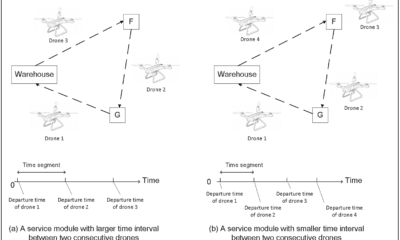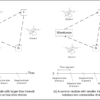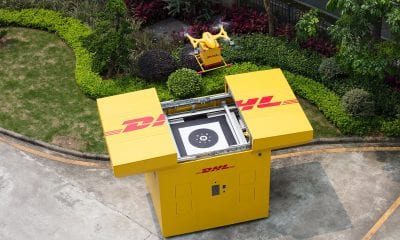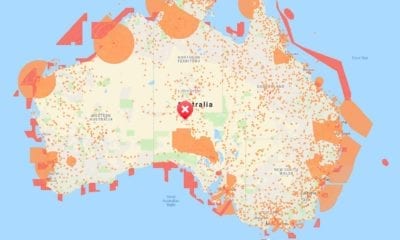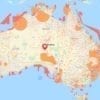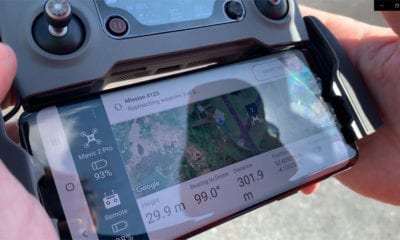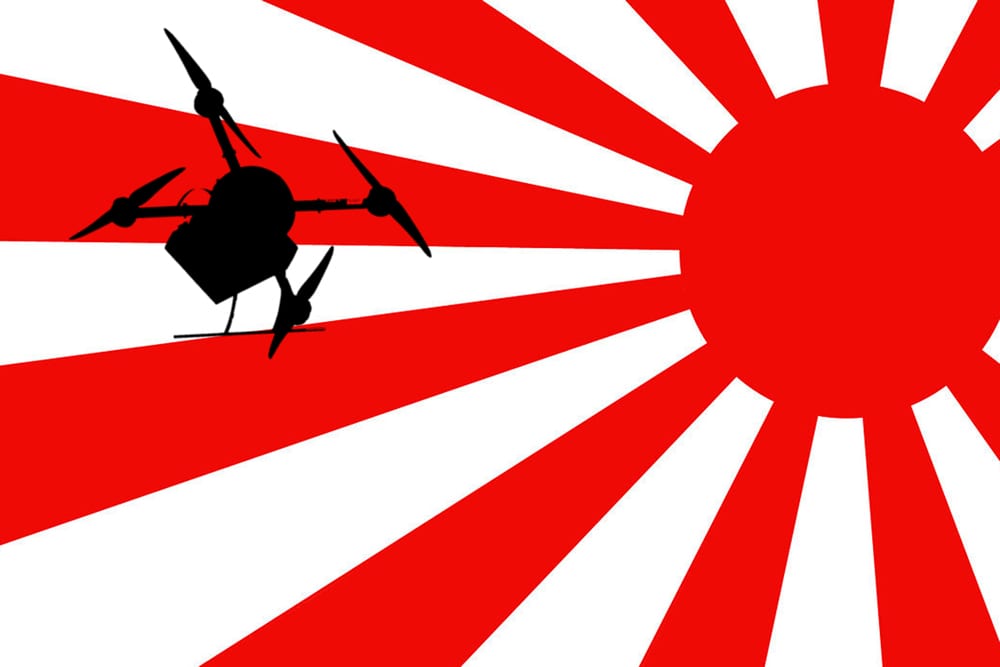
Drone Delivery
Japan Easing Rules on Drone Delivery
Japan Easing Rules on Drone Delivery
In an attempt to address the shortage of labor in many areas of the country, the Japanese government plans to allow the use of commercial drones for package delivery.
The drones will be trialed from summer this year by delivering packages to remote areas. This trial could be the forerunner for the use of the technology in urban environments in the near future.
To enable the drones to fly beyond line-of-sight (BLOS) and to also accelerate their commercial use, the government will revise screening standards according to aviation law.
The plan will require businesses and individuals to limit their flight areas and operate the aircraft at a safe position, speed and altitude, and also establish launch centers to load and unload packages; there will also be guidelines and rules to avoid the overloading of drones and to prevent cargo from dropping.
Drone operators will not be allowed to fly over peoples’ heads and will have to avoid other aircraft and obstacles.
In April, at the start of 2018 fiscal year, the Ministry of Transport will commence a debate on allowing drones in urban areas and they anticipate flights beginning as early as 2020.
Exciting as this initiative is, privacy and land rights will need to be considered and the drones used will need to have the ability to navigate city streets lined with utility poles and tall buildings and this will mean the government may have to adopt a new system to certify eligible drones and also issue pilot licenses.
In 2015 Japan drafted new rules on flying drones following the discovery of one carrying radioactive material on the roof of the prime minister’s office; currently, with government permission, valid for one year, drones can be flown only within the operator’s line of sight, not beyond.
The initial public reaction when drones first became widespread, was colored by suspicion and they were viewed as a sinister intrusion, but now with drone technology rapidly developing and their uses and advantages wide and varied, calls are growing for deregulation to allow flights beyond the line of sight.
It is anticipated that the technology will play an important role in numerous areas including transportation, agriculture and remote sensing.
The competition to commercialize drones is fierce with France and China currently in the lead on standards for flying beyond line-of-sight (BLOS).
According to the Mitsubishi Research Institute, to date China allows drones weighing 4kg or less to do so, and this policy is apparently driving the growth of DJI, which holds a 70% global share for civilian use.
Last October the United States also relaxed regulations.Flights beyond the operator’s line of sight or at night had been prohibited, but now local governments are allowed to relax those rules, a move praised and prompted by such businesses as Amazon.com, to counteract China’s advantage.
U.S. experts who were involved in transport ministry discussions say the progress on commercial use should now advance rapidly and end the stagnation in the U.S. drone industry.
If the push for flights beyond the line of sight does gain momentum and confidence, business opportunities will expand for companies in Japan; Japan Post and virtual mall operator Rakuten are each testing piloting drones, and companies such as Fujitsu are studying their use for disseminating information during disasters.
Local governments too are hoping that drones will help manage infrastructure such as bridges and power lines by delivering high-resolution images from the sky to optimize maintenance.

